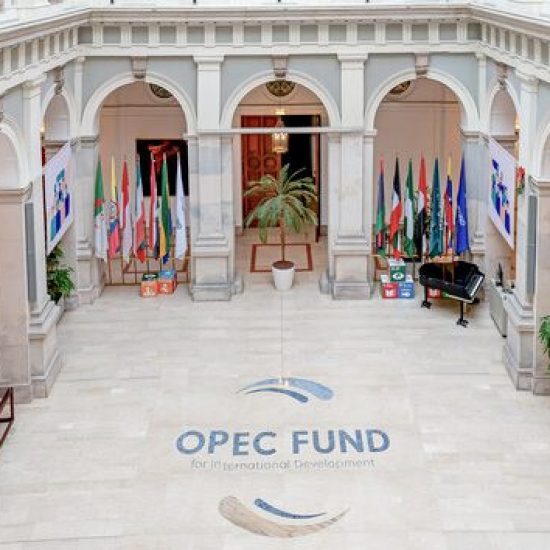
Dubai’s Roads & Transport Authority has confirmed the Blue Line of the Metro will begin operations on 9 September 2029, coinciding deliberately with the 20th anniversary of the Red Line’s inauguration on 9 September 2009, signalling a significant milestone in the city’s transport evolution.
The 30 km line will feature 14 stations, linking residential and commercial hubs such as Al Jaddaf, Dubai Silicon Oasis, and Dubai Academic City, and is projected to serve nearly one million people by 2040. Incorporating 15.5 km of underground track and 14.5 km elevated, it will integrate both existing Red and Green Lines through interchanges at Centrepoint and Creek stations. International City 1 will serve as a crucial Y‑junction interchange.
Construction is underway following Sheikh Mohammed bin Rashid Al Maktoum’s foundation‑stone ceremony on 9 June 2025, where he approved a visionary design for the flagship Emaar Properties Station in Dubai Creek Harbour. The station, designed by Skidmore, Owings & Merrill, will be the tallest metro station globally at 74 metres and accommodate up to 160,000 passengers daily, rising to over 70,000 by 2040.
Engineered for efficiency, the Blue Line will include a 1.3 km viaduct over Dubai Creek—the first metro bridge of its kind in the emirate. Travel time along key stretches will range from 10 to 25 minutes, significantly reducing travel duration across connected zones.
From a passenger operations standpoint, the system is designed to move around 46,000 people per hour in both directions, with a projected daily ridership of 200,000 by 2030, increasing to 320,000 by 2040. By then, the total Dubai Metro network—comprising existing lines, the new Blue Line, and the Route 2020 extension—will cover about 131 km with 78 stations and 168 trains.
Economically, the Blue Line represents a Dh20.5 billion investment, undertaken by a consortium of MAPA, LIMAK and CRRC, selected through international tender. It aligns with Dubai’s Economic Agenda D33 and the Dubai 2040 Urban Master Plan, which aims to deliver sustainable, transit‑oriented growth within a 20‑minute urban framework.
The line’s stations meet platinum‑grade green building standards, underscoring Dubai’s commitment to eco‑friendly infrastructure. The RTA forecasts that the Red, Green and Blue lines combined could produce economic and environmental benefits exceeding Dh56.5 billion by 2040 through fuel savings, reduced accidents, and lower carbon emissions.
For commuters, the impact will be immediate: daily traffic on major corridors served by the Blue Line is expected to decrease by approximately 20%. Moreover, real estate values within station catchments could climb by up to 25%. Local residents, including students and workers, will benefit from faster commutes and better connectivity, particularly in academic and industrial zones.
The new Emaar Properties Station itself is set to carry naming rights held by Emaar for at least ten years, with further station sponsorships anticipated. Its shell‑inspired exterior and use of premium materials—such as Jura limestone, bronze paneling, granite flooring and glass ceilings—reflect a commitment to aesthetic excellence and place‑based identity.
During the ceremony, Sheikh Mohammed emphasised the Blue Line’s role in enhancing community integration and positioning Dubai as a leading global city. He noted that the line would “empower communities, enhancing connectivity and supporting sustainable urban growth”.
The route serves nine districts—Mirdif, Al Warqa, International City phases, Dubai Silicon Oasis, Academic City, Ras Al Khor Industrial Area, Dubai Creek Harbour, Festival City—and links directly with Dubai International Airport for seamless airport‑to‑destination transfers.
As construction progresses, RTA officials have called for greater attention to commuter needs during the build‑phase, including adequate parking and reduced road disruptions. Feedback from future daily users—students, residents, workers—underlined anticipation for improved access and decreased dependence on private cars.



